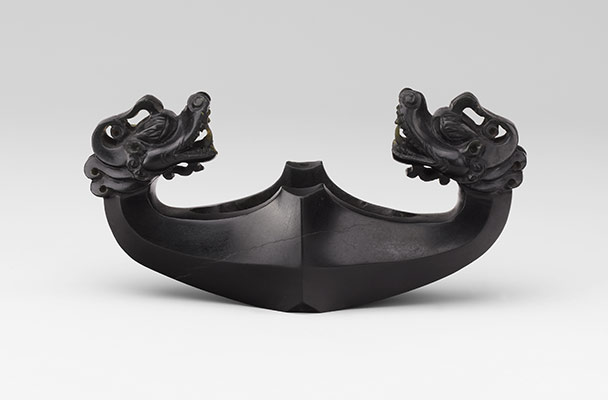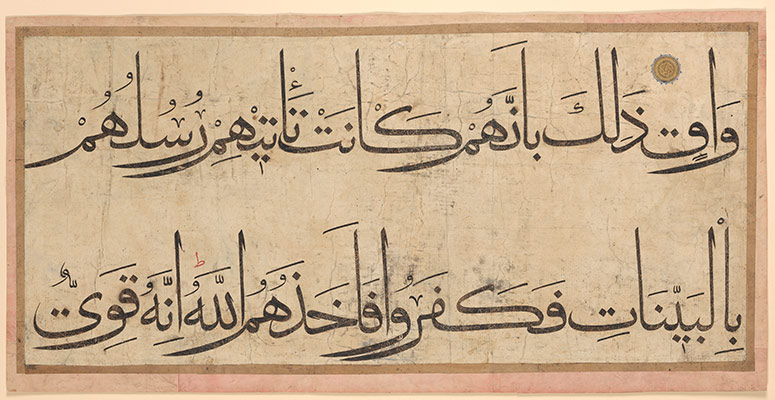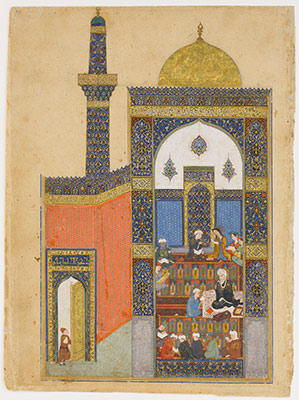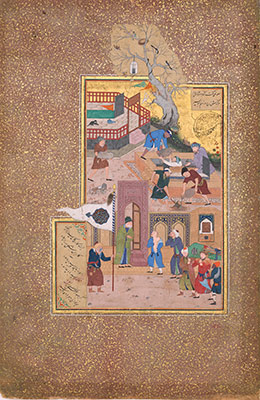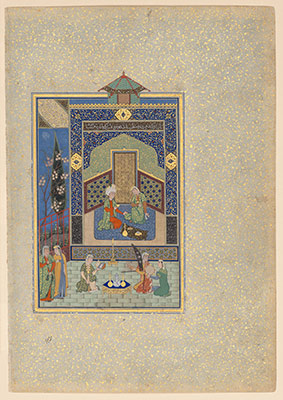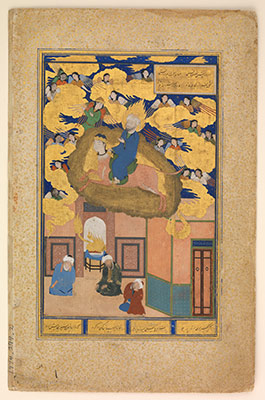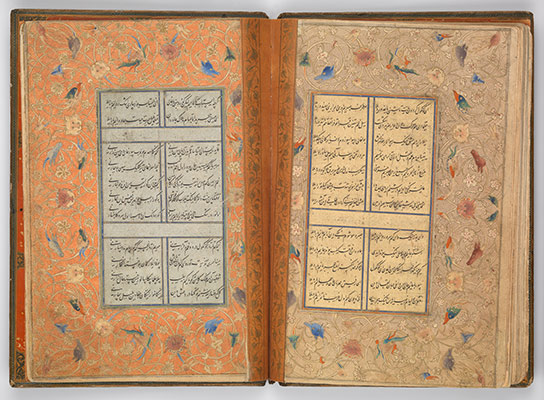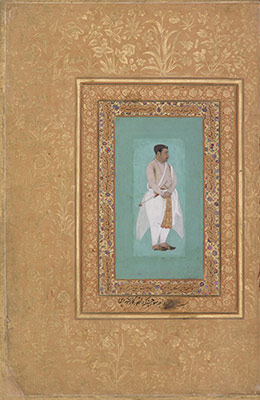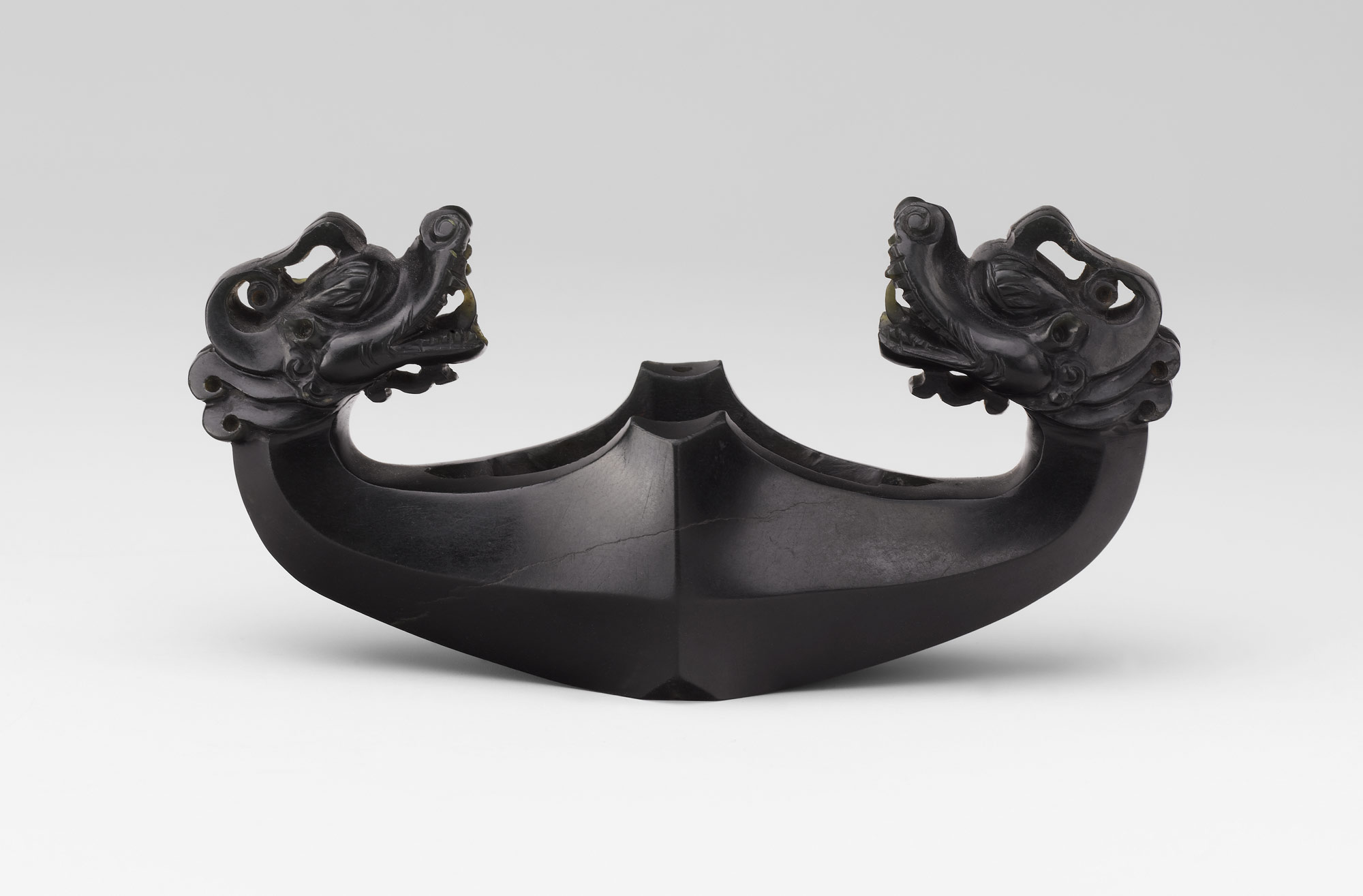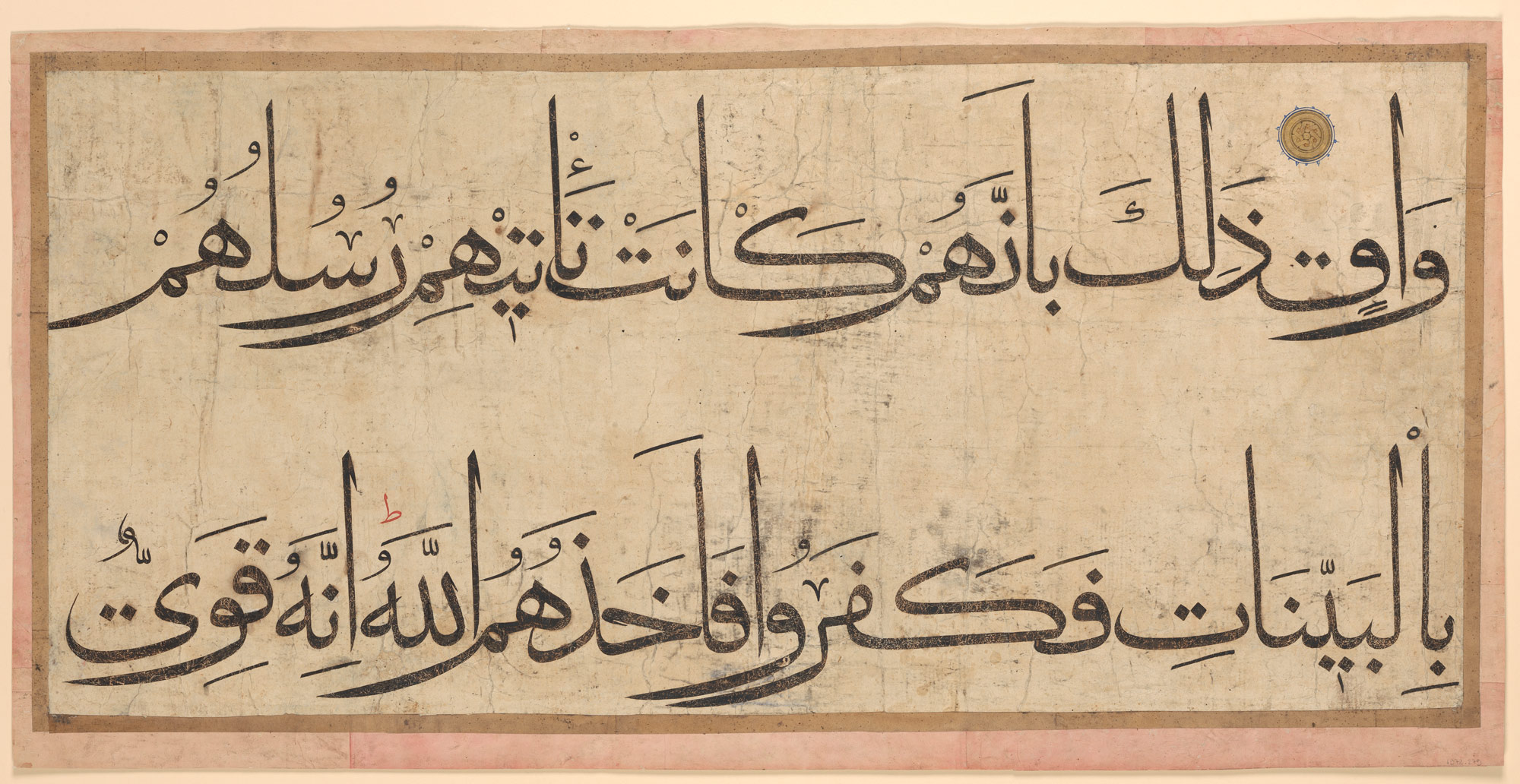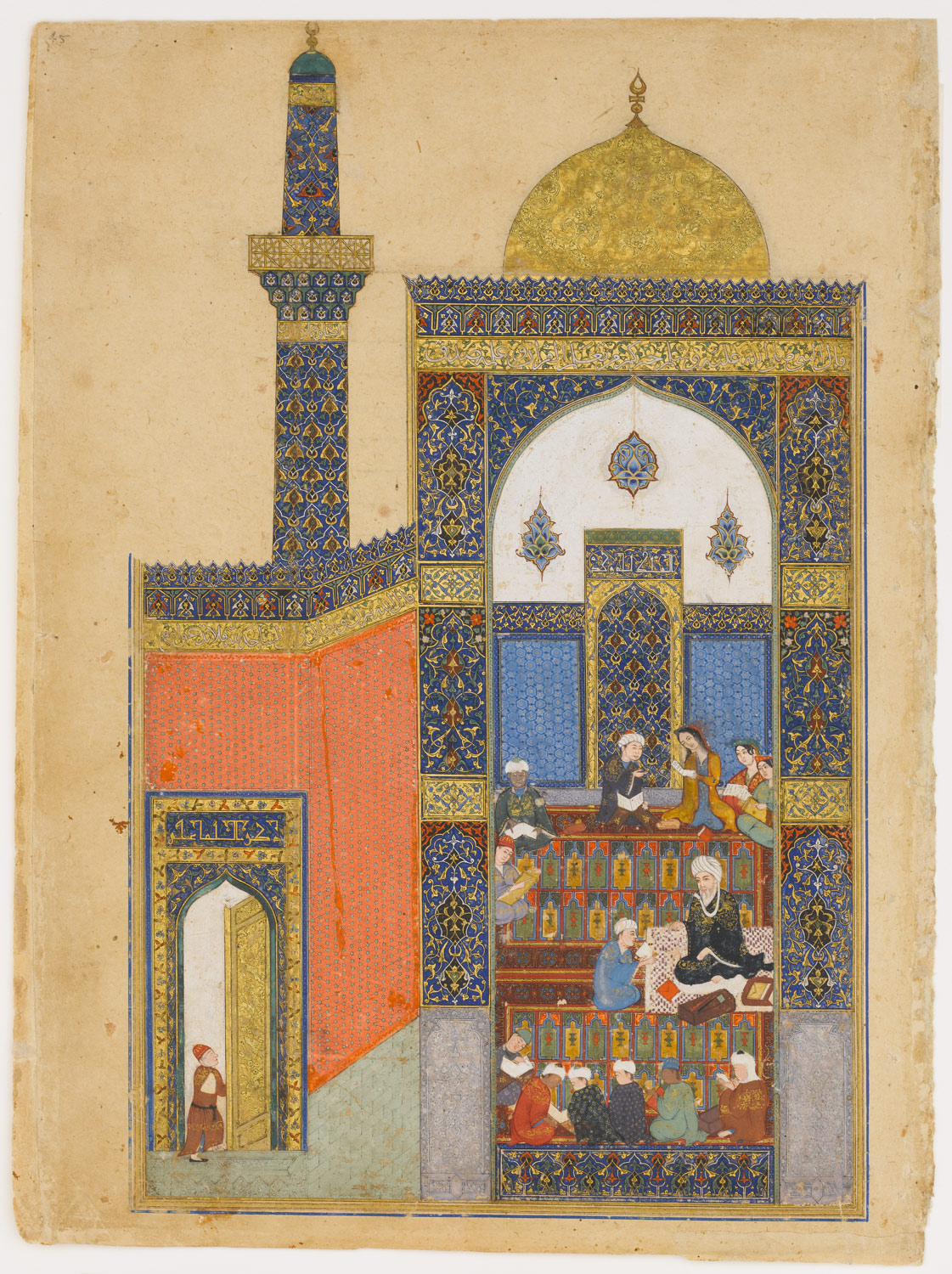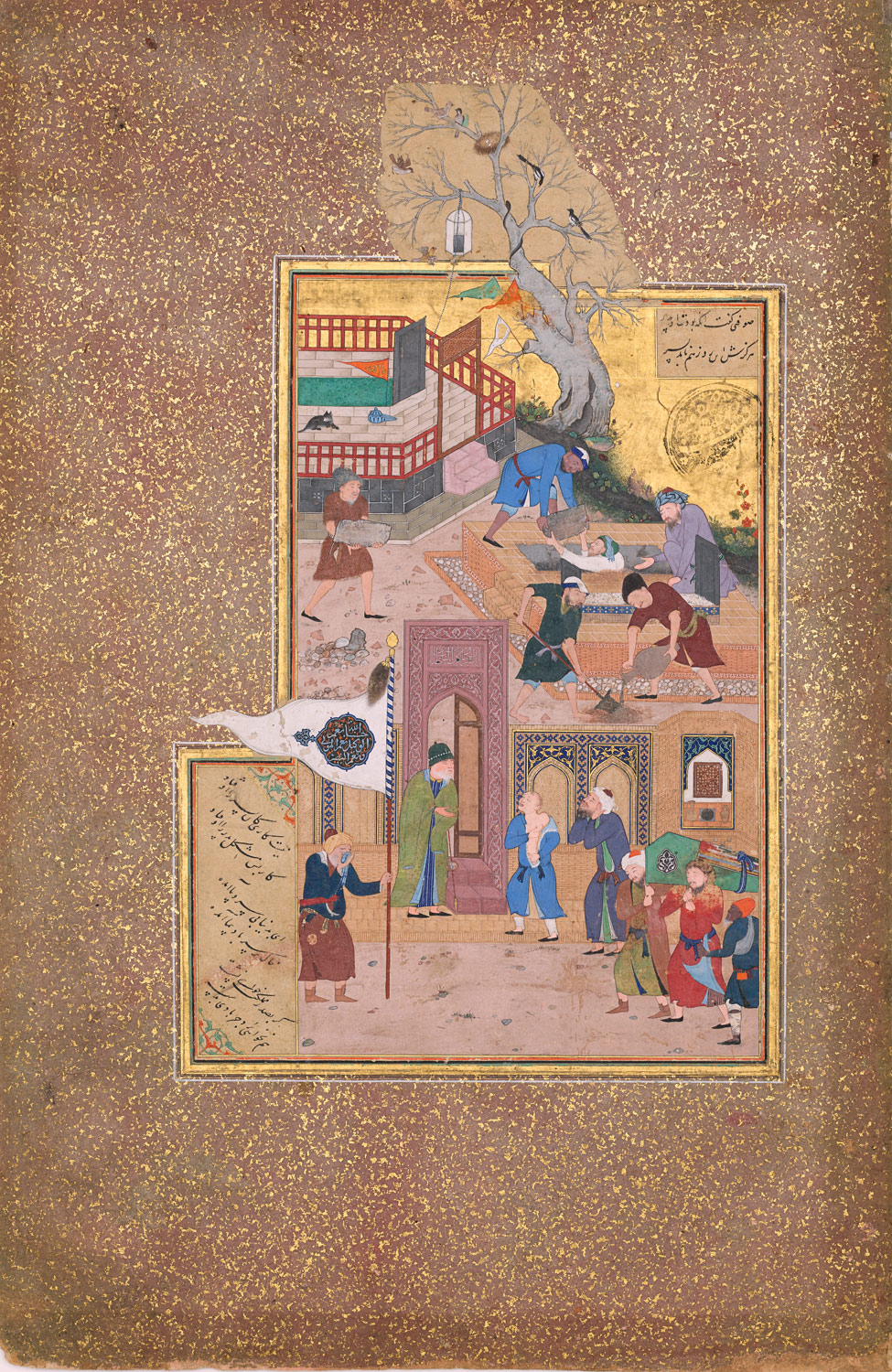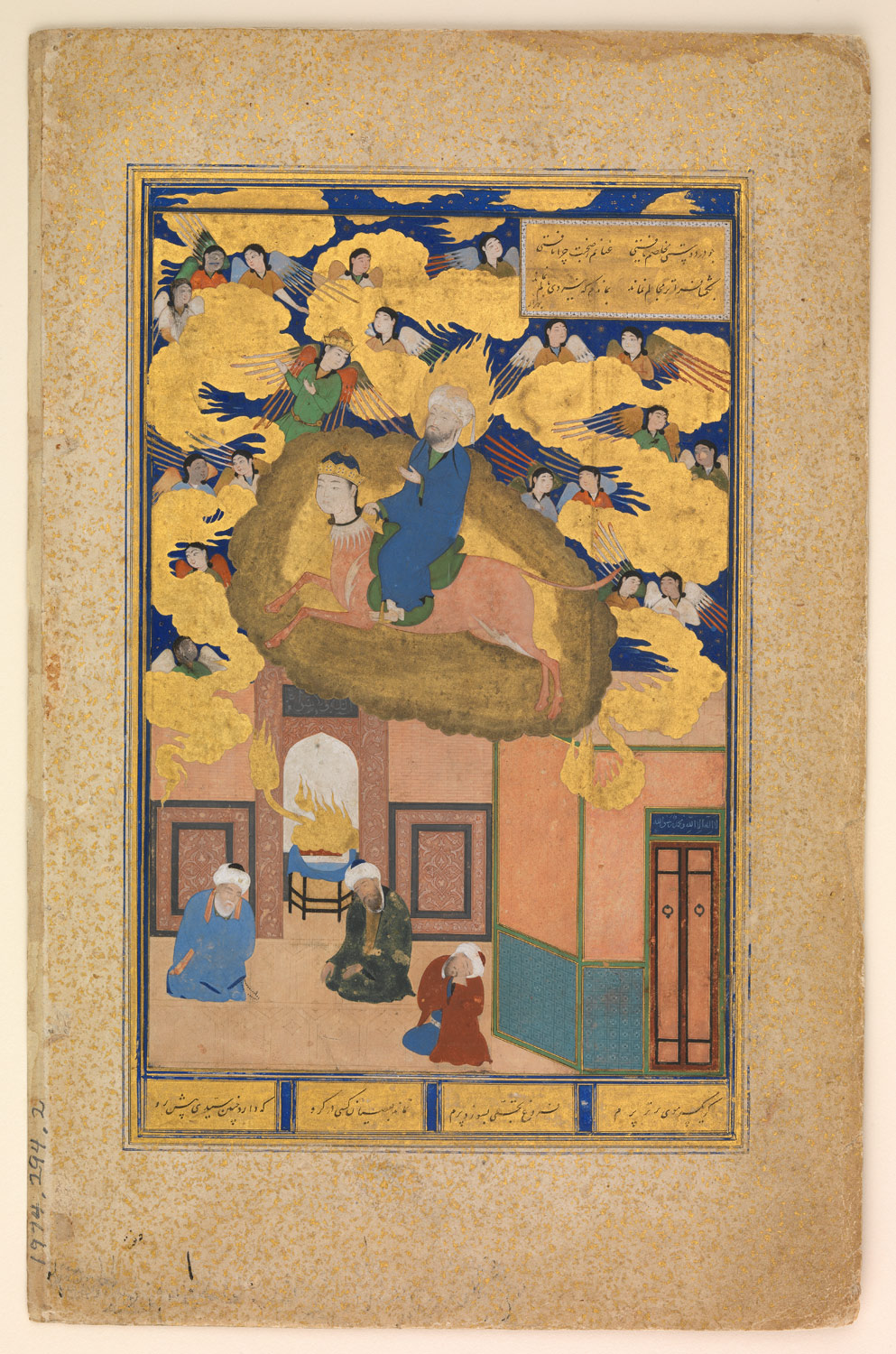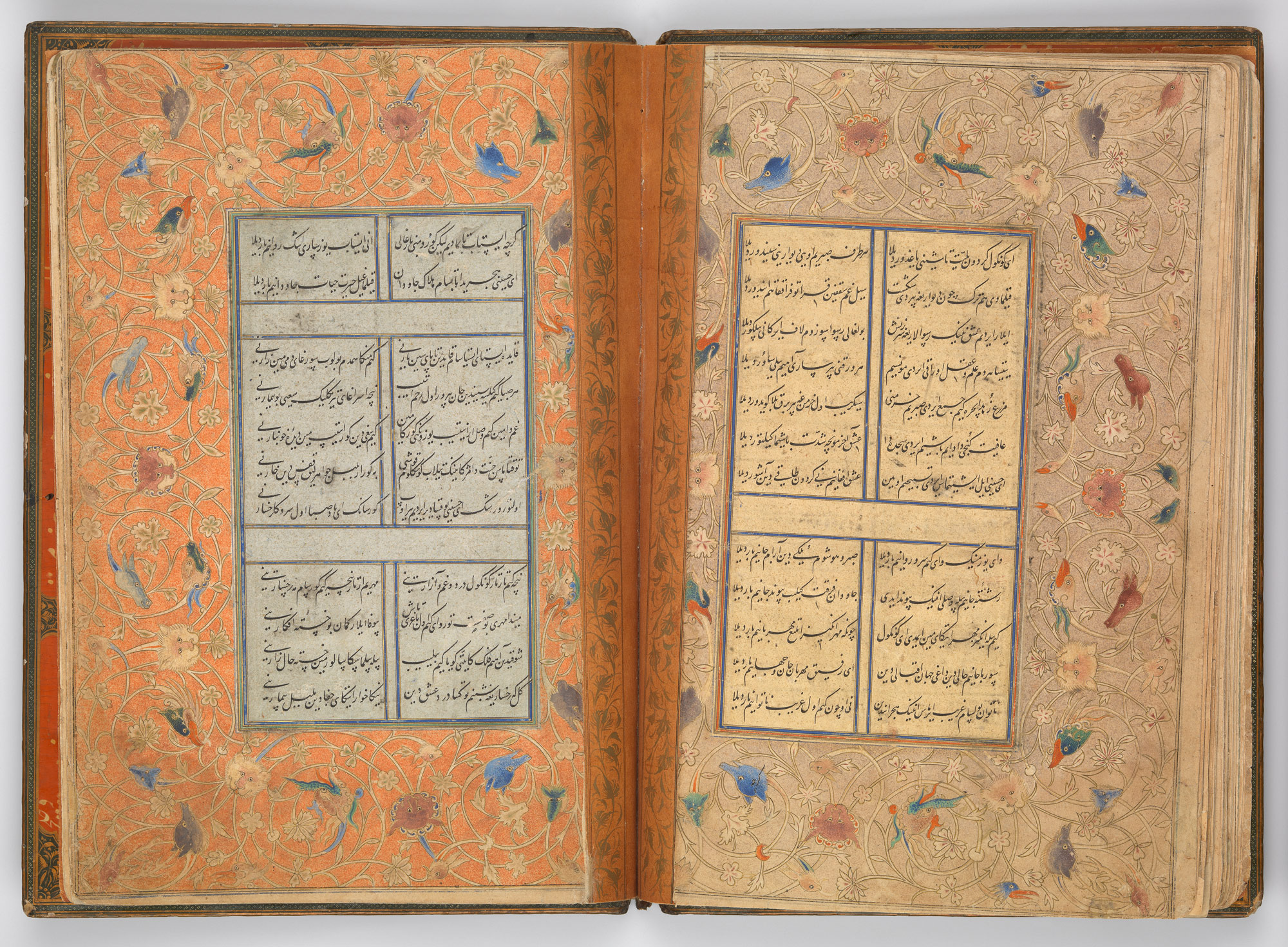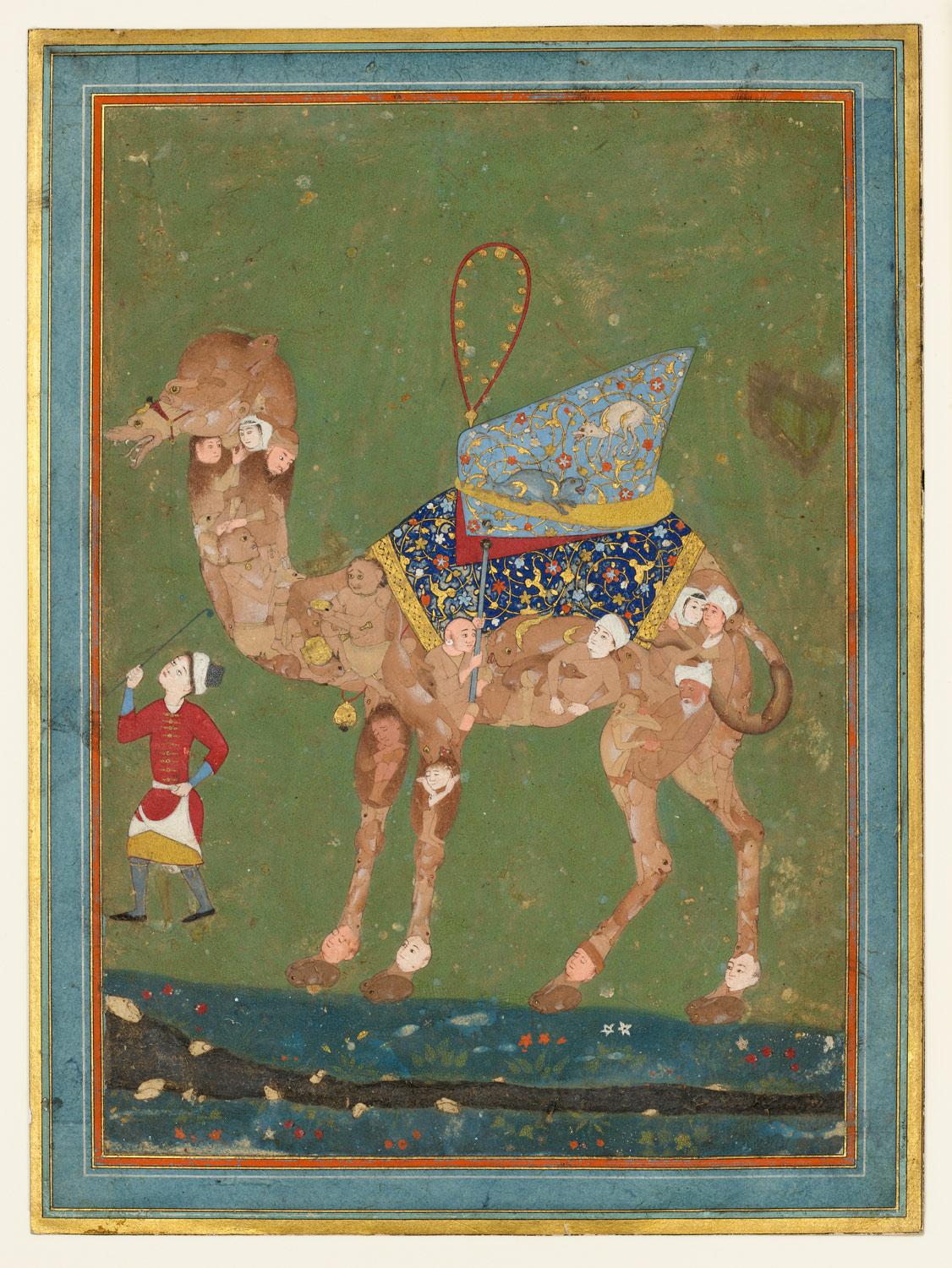Central and West Asia come under the control of the Timurids, who rule over a large and important region for just over a hundred years. The Shaibanids, another Turko-Mongol dynasty, seize control of the urban oases of Transoxiana and Khwarazm from the Timurids in the sixteenth century. In the eastern regions, strife dominates the steppes, with different Mongol clans gaining and losing power over short periods of time. Several of the more long-lasting convert to Tibetan Buddhism during this period.
Central and North Asia, 1400–1600 A.D.
Timeline
1400 A.D.
1450 A.D.
1450 A.D.
1500 A.D.
1500 A.D.
1550 A.D.
1550 A.D.
1600 A.D.
Overview
Key Events
-
1370–1405
During his thirty-five-year reign, the great Turko-Mongolian conqueror Timur (Tamerlane) establishes rule in Central Asia and expands westward, gaining control over most of West Asia (Iran, Iraq, Syria, and Anatolia) as well as southern Russia and India. By bringing craftsmen from the many subjugated lands to his capital in Samarqand, Timur initiates one of the most brilliant periods in Islamic art. Major architectural commissions at the end of Timur’s life are the mosque of Bibi Khanum (Samarqand, ca. 1398–1405) and Gur-i Amir (Samarqand, ca. 1400–1404).
-
1405–1507
Timur’s vast empire is relatively short-lived but his descendants continue to rule over Transoxiana. The Timurids are celebrated for their patronage, particularly of architecture, the arts of the book, metalwork, and jade carving. The eastern Islamic world is a prominent cultural center, with the new capital, Herat, as its focal point. The style set by the Timurids influences developments in the arts from Anatolia to India. The school of Herat is considered to be the zenith of Persian painting.
-
1405–1447
Under Timur’s son Shah Rukh, Herat is an important center for architecture. Besides rebuilding the bazaar and the old citadel, Shah Rukh also establishes a madrasa school with a khanqah (convent). The only one of his buildings to survive is a major religious commission, the shrine of the mystical poet ‘Abdullah Ansari (died 1089), in Gazargah, outside of Herat (1425–27). Historical texts are prominent among the illustrated manuscripts from his reign.
-
1409–1438
Shah Rukh’s wife Gawharshad commissions a large complex that includes a congregational mosque, madrasa, and dynastic mausoleum in Herat. Her activity attests to the role of women’s patronage under the Timurids.
-
ca. 1417–1449
Governor of Samarqand under Shah Rukh and ruler following his father’s death, Ulugh Beg is an active patron of art and architecture. Highlights of his architectural commissions in Samarqand include a grand mosque-madrasa (1417–20) and khanqah (ca. 1420; destroyed) built on Registan Square, as well as a monumental gate to the royal necropolis of Shah-i Zinda. The observatory built in the northern outskirts of the city is a testament to Ulugh Beg’s interest in science and astronomy.
-
ca. 1420–1433
Prince Baisunghur, governor of Herat, is the leading patron of the arts of the book.
-
1449
Esen Taiji (died 1455), leader of the Oirat Mongols, defeats and briefly captures the Ming Zhengtong emperor (r. 1436–49 and 1457–64).
-
1470–1506
A final expression of cultural efflorescence emerges in the court of the last effective Timurid ruler, Husain Baiqara. During his long reign, Herat is an important cultural center with active figures such as the poet ‘Abd al-Rahman Jami (1414–1492), calligrapher Sultan ‘Ali al-Mashhadi (ca. 1440–1520), painter Bihzad (ca. 1450–1535/36), as well as poet and patron Mir ‘Ali Shir Nava’i (1441–1501). Building activity includes Husain Baiqara’s madrasa and khanqah (1492–93) and the enlargement of the shrine of ‘Ali ibn Abi Talib at Mazar-i Sharif (1480–81). This period also witnesses the revival of the arts of the book.
-
1491
Dayan Khan (died 1543), a descendant of Khubilai Khan, establishes control over lands ranging from the Ural Mountains to Lake Baikal.
-
1507
Khurasan falls to the Shaibanids and Timurid rule comes to an end. One surviving member of the Timurid family, Babur, flees to India and later founds the Mughal empire.
-
1507–1599
The Shaibanid (or Abu’l-Khairid) dynasty, claiming descent from Shaiban, youngest son of Jochi, oldest son of Genghis Khan, takes control of Transoxiana.
-
1543–1583
Altan Khan (1507?–1587) of the Tumed Mongols, who rules from a capital at Hohhot, leads a substantive military campaign into Ming China. He converts to Buddhism and bestows the term dalai lama, or “ocean of compassion,” on a monk of the Gelugpa sect. This term is still used to honor the chief lama of the sect, who is believed to be a reincarnation of both the original holder of the title and of the bodhisattva of compassion, Avalokiteshvara.
-
ca. 1550–1599
The initial Shaibanid capital, Samarqand, is transferred to Bukhara and the new political center becomes the focus of extensive architectural patronage, with many mosques, madrasas, and Sufi establishments. The Shaibanid employ many Timurid artists. In the arts of the book, the legacy of Herat lives on in the work of Bukharan painters.
-
ca. 1554–1588
Abdai Khan leads a powerful coalition of Khalkha Mongols. He converts to Buddhism after meeting the Tibetan monk Sonam Gyatso (1543–1588) at Hohhot. In 1586, he builds a monastery at Erdene Zuu. The complex is the first Tibetan Buddhist establishment in Mongolia and contains three small buildings and two reliquary stupas.
Citation
“Central and North Asia, 1400–1600 A.D.” In Heilbrunn Timeline of Art History. New York: The Metropolitan Museum of Art, 2000–. http://www.metmuseum.org/toah/ht/?period=08®ion=nc (October 2002)
